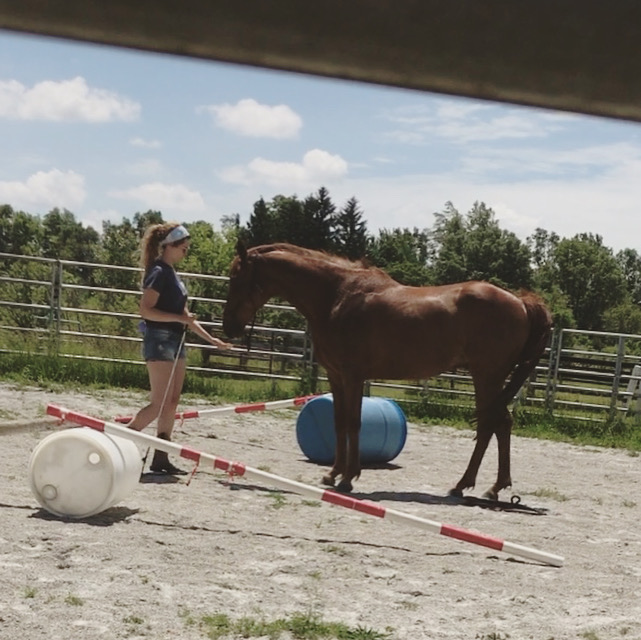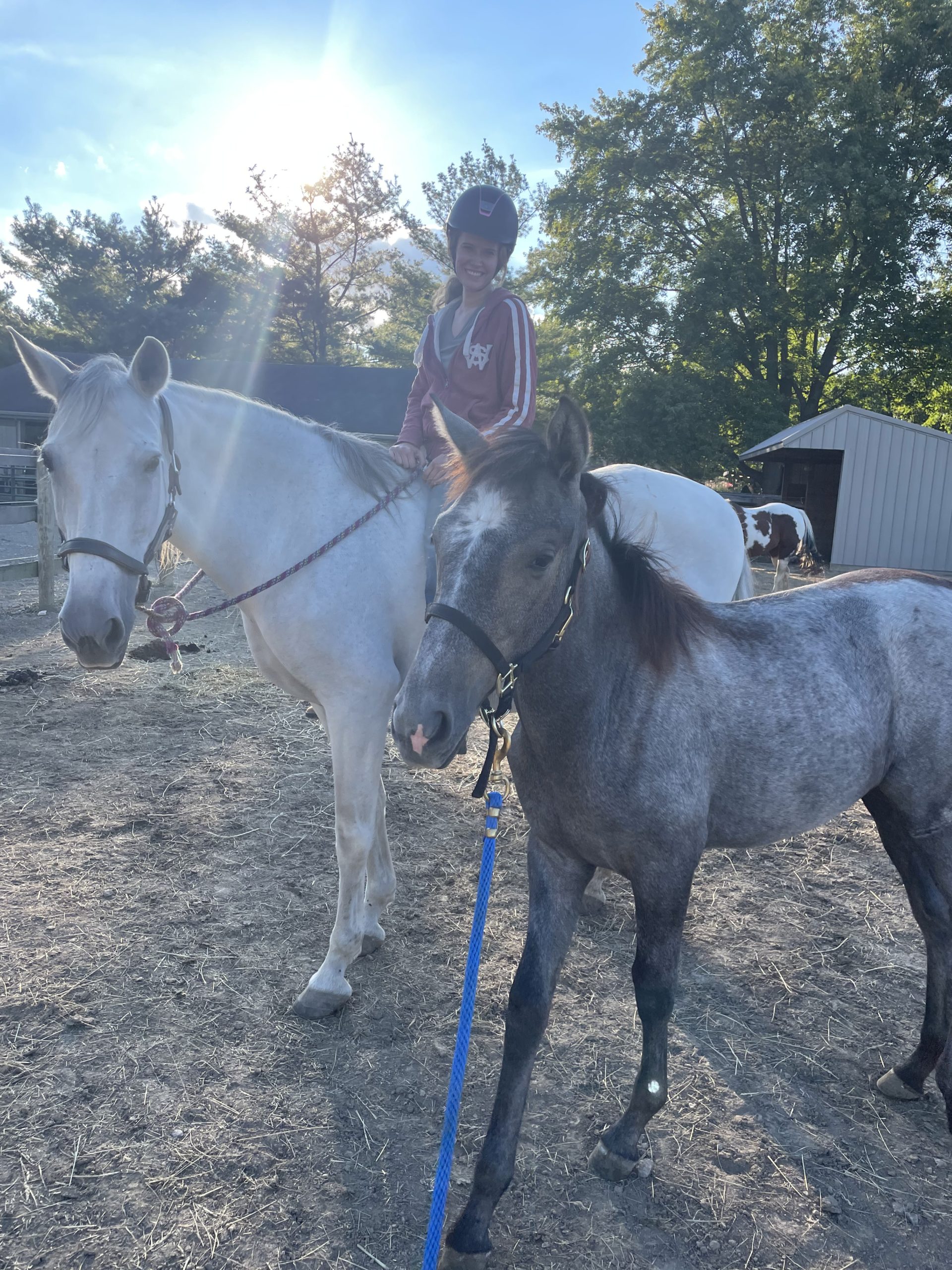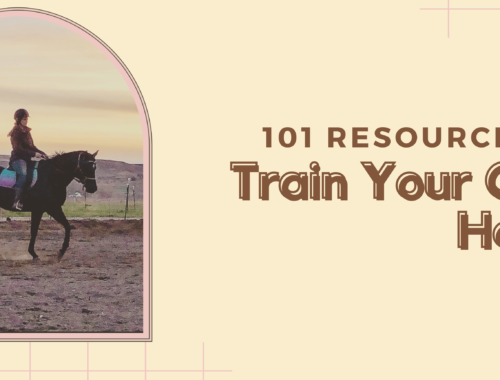Recognizing & Dealing with Stress
This may seem like a crazy question given the circumstances, but do you ever take your work home with you? Do the things that happen in the course of a work day, a mad boss or a disgruntled coworker, linger in your mind even after you’ve left the office? I know they do for me. My partner always knows when something has upset me, as soon as I walk in the door. Be it my posture, my facial expression, or the tone I use, he can read me like a book. And you know what he does? He adjusts accordingly! Whether by allowing me to be upset, helping me work through my feelings, or simply leaving me alone. He is able (most of the time 😉 to understand that I’m upset, and adjust his expectations accordingly.

Now, replace your partner or spouse with your horse. Do you know the signals they give off to communicate their stress? Is it a pinning of the ears, an extra swish of the tail? If you are a lifelong student of the horse, or someone who pays careful observation to their partner you might be able to pick up on more subtle signs. How often is she exhaling? Is he tightening the muscles in his jaw, sucking his tongue back? Again, all excellent and clear signs that a horse is experiencing stress. Often if we are in tune with our horses, we can usually identify the reason for these stressful emotions. And whether we choose to remove the stress or teach our horses to work through it is a different matter, and one for a different blog post.
Establishing when a horse is feeling stress in the moment is only one piece of the puzzle. When we come out to the barn or enter a session with the horse we are entering with the whole horse, with their whole day. Every instance of stress that has occurred during the day, whether we were there for it or not, is still stored in our horses. The same way I might be holding on to a negative comment from my boss 8 hours after the fact, so too my horse might be holding on to the stress of a nasty bug bite, or other stressor. We can not know every event that happens in the course of a day to our horse, yet it is still our job to see that internalized stress and react accordingly.
This may seem like a daunting task, but in reality it can be quite simple. There are very few things a horse truly wants or needs from a human (but that’s a topic for another day) and so when we think of how to help them unwind, often the best things are species appropriate rewards. Food, time with other horses, space to move around… all of these will go a long way towards decreasing stress levels. I have recently had the pleasure of starting work with a beautiful Thoroughbred gelding. Leo is a beautiful horse, lively and athletic. He is also extremely anxious and prone to becoming quite upset during our sessions. Food, while a good motivator, does not tend to calm him down. I’ve found (through trial and error!) that often the best way to lower his stress and keep his attention is to allow for continual movement. He was born and bred to run, to be on the move. So when I am asking him for something challenging I try to incorporate physical objects as “goals” or ask immediately after he has had a chance to stretch and run. We are able to have shorter, more successful sessions when he is focused and engaged, and I am more able to access this when his stress is lowered.
Of course, I want him to be able to find calmness in standing still, but that is something we are still building up to. For the time being I am more concerned with lowering his stress and teaching him good coping skills for when things might seem scary (such as a plastic bag). Even if I can not totally control the things that happen in the course of his day, I am still capable of recognizing that internalized stress and helping him to work through it, just as I would any human.
Canter Bounce
You May Also Like

Self Sabotage- The Equestrian Version
September 15, 2022